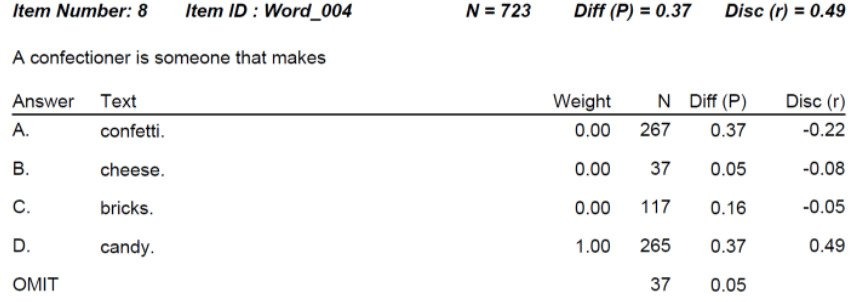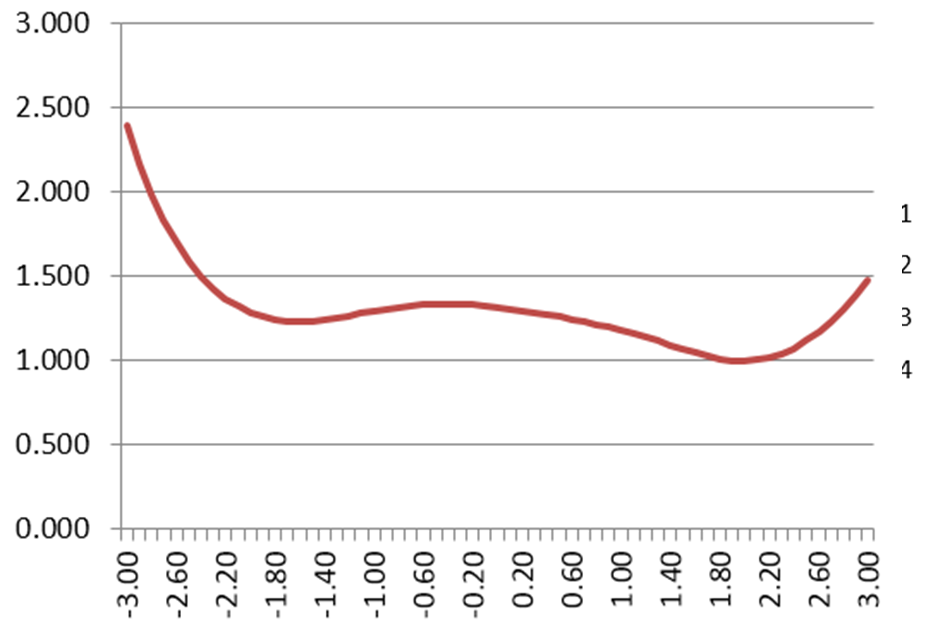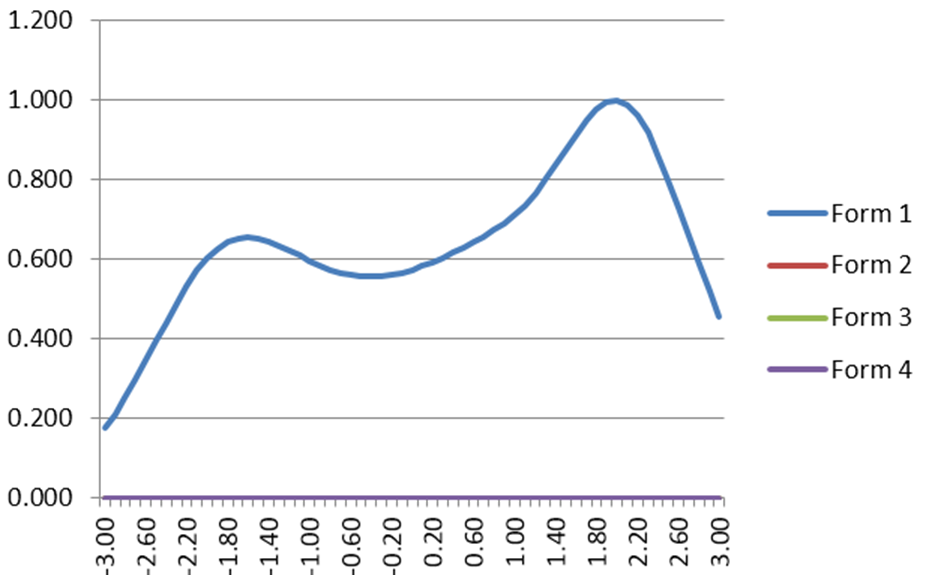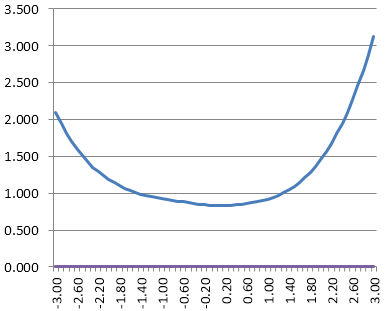
ASC’s Blog: Resources on Assessment, Psychometrics, & Edtech
ASC continually posts new resources and articles on our blog, covering industry news, scholarly conferences, and discussions of important psychometric concepts. See the most recent articles in the blog below.

Tips to Select a Student Assessment Tool
With the overcrowded digital assessment marketplace, it can be hard to decide which online assessment tool will work for you.

What is a Standard Setting Study?
A standard setting study is a formal process for establishing a performance standard. In the assessment world, there are actually two uses of the word standard – the other one refers to…

What is Item Banking? What are Item Banks?
Item banking refers to the purposeful creation of a database of assessment items to serve as a central repository of…

Post-Training Assessment
Post-training assessment is an integral part of improving the performance and productivity of employees. To gauge the effectiveness of the…

Item Analysis in Psychometrics: Improve Your Test
Item analysis is the statistical evaluation of test questions to ensure they are good quality, and fix them if they…

Seven Technology Hacks to Deliver Assessments More Securely
So, yeah, the use of “hacks” in the title is definitely on the ironic and gratuitous side, but there is…

The IACAT Journal: JCAT
Do you conduct adaptive testing research? Perhaps a thesis or dissertation? Or maybe you have developed adaptive tests and have…

Seguridad en exámenes y pruebas en línea
La seguridad y validez de las pruebas y exámenes en línea son extremadamente importantes. La pandemia COVID-19 cambió drásticamente todos…

¿Qué es la vigilancia (proctoring) en línea?
La vigilancia en línea existe desde hace más de una década. Pero dado el reciente brote de COVID-19, las instituciones…

IRT Test Information Function
The IRT Test Information Function is a concept from item response theory (IRT) that is designed to evaluate how well…

What Is The Standard Error of Measurement?
The standard error of measurement (SEM) is one of the core concepts in psychometrics. One of the primary assumptions of…

Question Banks: An Introduction
What is a question bank? A question bank refers to a pool of test questions to be used on various assessments across time. ..

Psychometrist: What do they do?
A psychometrist is a professional that specializes in how to deliver and interpret clinical psychological and educational assessments. That is,…

What is Classical Item Difficulty (P Value)?
One of the core concepts in psychometrics is item difficulty. This refers to the probability that examinees will get the item correct…

Item Banks: 6 Ways To Improve
The foundation of a decent assessment program is the ability to develop and manage strong item banks. Item banks are…

Responses in Common (RIC) Index
This collusion detection (test cheating) index simply calculates the number of responses in common between a given pair of examinees. …

Exact Errors in Common (EEIC) collusion detection
Exact Errors in Common (EEIC) is an extremely basic collusion detection index simply calculates the number of responses in common…

Errors in Common (EIC) Exam Cheating Index
This exam cheating index (collusion detection) simply calculates the number of errors in common between a given pair of examinees. …
